e-beach
10 MW
And I forgot to say, In my experience, that kind of a washout was due to weight distribution. Not enough in the front.


e-beach said:Thick steel spacers between the bosses and the adapters that might also be long enough to become inside clamp-able dropouts on either side?


amberwolf said:If you mean spacers for the brake bosses also being part of the torque arms/plates/etc., well, those would be some really long spacers,....
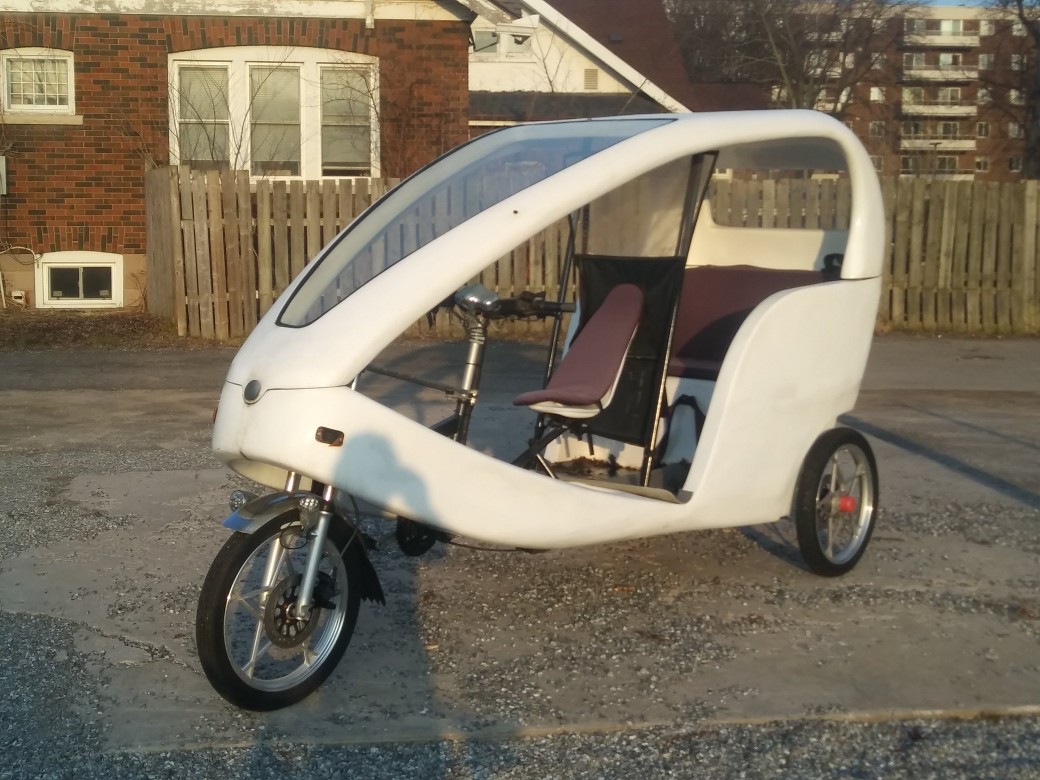
It's possible that it would have helped. However, the canopy is actually relatively fragile, and if a sufficient gust to acutally lift the trike off the ground were to occur, it would just break it at the forward top connection of the diagonals that support it. (they are only held on with zip ties--quite sufficient for keeping it from coming down in my face, :lol: but deliberately weak enough to fail in that kind of instance).The Toecutter said:You should consider redesigning the canopy and installing a windshield to be less vulnerable to crosswinds. As tall as it is with as much lift as it's generating from the lip of the existing canopy, the moment produced by errant crosswinds is truly massive and it shows because your trike is quite heavy. Rounding out the canopy and installing a windshield to have your vehicle catch less wind could cut the lift to possibly 1/3 or less versus what it is now. It may very well have prevented your accident.
As your trike currently is, it is possible that a strong thunderstorm could lift it off the ground.
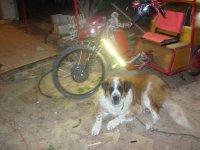
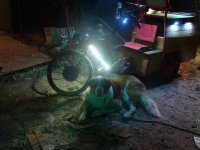

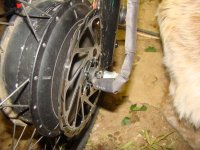


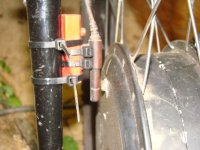
This is the kind of biek it was taken off ofFork for 26"x 4" fat tire bikes
1 1/8" Non tapered steerer tube
135 mm hub spacing
Quick release dropouts
IS disk brake mount
6 mounting grommets for racks and mounts
Take off part from brand new bike
220mm Steerer tube length
axle to crown 475mm
This is the stock fork off from one of our premium KHS bikes that is compatible with up to a 26" x 4" fat tire
This is a take off part from a brand new bike, it may have small scratches or blemishes from removal but is new and unused'
The steerer tube has been pre-cut on this for at 220 mm please make sure this will fit your bike before purchase
Compare at similar forks costing $50 get a new fork for your fat bike for less than half the cost.
